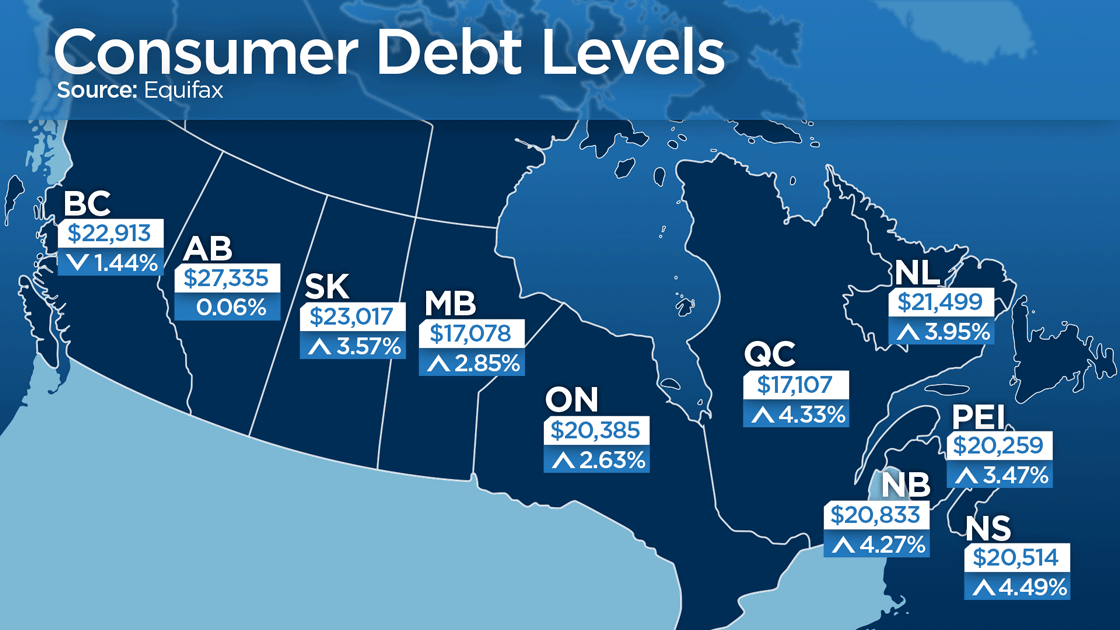How much “emergency savings” do you have stowed away?

For more than a quarter of Canadians, the amount of cash on hand would drop to zero in a month or sooner should they be hit with a job loss or other financial shock, according to an annual survey from Bank of Montreal.
Twenty seven per cent say they have a financial cushion that would last a month or less, which represents a 27 per cent increase from the same survey in 2012.
Over that time, consumer debt loads have increased to record levels, while mortgage payments have grown to take up a bigger share of monthly household incomes leaving less left over to save, experts note.
MORE: Canadians on fresh spending spree, despite lofty debt levels
BMO says individuals should attempt to build up a reserve fund that would cover all personal expenses for up to half a year.
“In order to avoid taking on an unmanageable amount of debt, the ideal emergency savings fund should be equal to three to six months of your income,” Christine Canning, head of “everyday banking” at BMO, said.
More than half, or 52 per cent, reported having less than $10,000 in savings, while four in ten reported having less than $5,000.
Additional findings

Get weekly money news
- One in five (19 per cent) has less than $1,000
- 29 per cent have between $10,000 – $49,999, while 19 per cent have over $50,000
- Those with an annual income under $50,000 are most likely to have savings under $1,000
- A quarter of those with an annual income over $100,000 have under $5,000 in savings
Emergency Savings by Region
- Quebecers account for the highest percentage (40 per cent) of those with a savings fund of $10,000 – $49,999, while Ontario has the lowest at 22 per cent
- BC represents the province with the highest percentage (23 per cent) of residents holding over $50,000 in savings, while Quebec is the lowest (13 per cent)
- BC residents have the highest average rainy day fund at $43,818.15, $8,581.36 above the national average
Here’s a look at average consumer debt levels across the country as of the end of July, and the percentage change compared to the same period last year.
The margin of error for a probability sample size of 1,001 is plus or minus 3.1 per cent, 19 times out of 20.









Comments